Pressure
Effects of force and area on pressure Calculating pressure We can calculate the amount of pressure on an object using the following formula: Pressure can be measured in many different units, but scientists usually measure pressure using pascals (Pa), which is equivalent to newtons per square metre (N/m²).
A stone or pebble will make a dent when resting on a soft surface, such as sand or mud. The pressure of the stone decides how deep the dent is. The greater the pressure the deeper the dent will be.
The heavier the stone, the higher the pressure it will exert. Also, the smaller the surface area resting on the surface, the higher the pressure it will exert.
We can make more pressure by pushing down on the stone or standing on it, because this increases the downwards force and makes a deeper dent.
When calculating pressure, it’s important to know the following two things:
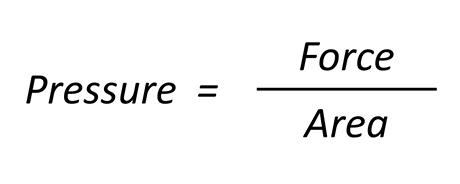
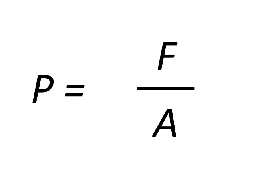
Example Now, what if we use the sharp end of the pencil, which has a much smaller area of 0.001cm²? It turns out that we only need 0.1 newtons of force to pop the balloon with it. The pressure is still the same, but the force is much smaller: This shows that the balloon pops more easily with the sharp end of the pencil, because we need less force to create the same pressure. The smaller the area, the less force we need to apply. Conversely, the larger the area, the more force we need to apply. For example, if we try to pop the balloon with the palm of our hand, which has a much larger area, it would be very difficult. Application of Pressure and Surface Area When you push a drawing pin, the force from your finger is spread over the wide side of the pin, but the force on the wall is concentrated on the sharp point. This makes the pressure on your finger low and the pressure on the wall high. That’s why you don’t hurt your finger, but the pin goes into the wall. This happens because of the smaller surface area. Question Pressure = 4 N Skis and snowboards have large surface areas to stop them from sinking into the snow. The large surface area spreads the snowboarder’s weight and reduces the pressure exerted on the snow. This stops them from sinking, even in very deep snow. Answer: Atmospheric Pressure Air pressure depends on how much air there is. The more air, the more pressure. The less air, the less pressure. Air pressure changes with height. You should know: For example, there is less air on a mountain top, so the pressure is low. But there is more air at the ocean level, so the pressure is high. Pressure in liquids
Let’s use a balloon and a pencil to illustrate how pressure works. Suppose the blunt end of the pencil has an area of 0.5cm² and it takes 50 newtons of force to pop the balloon with it. We can find the pressure by dividing the force by the area:
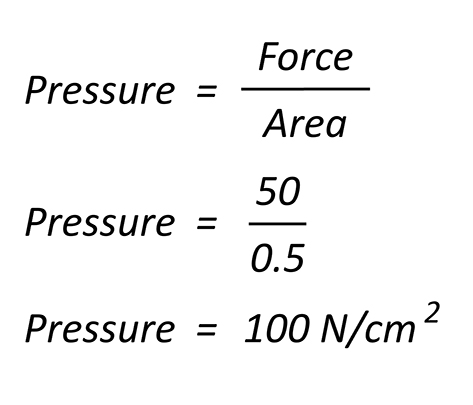
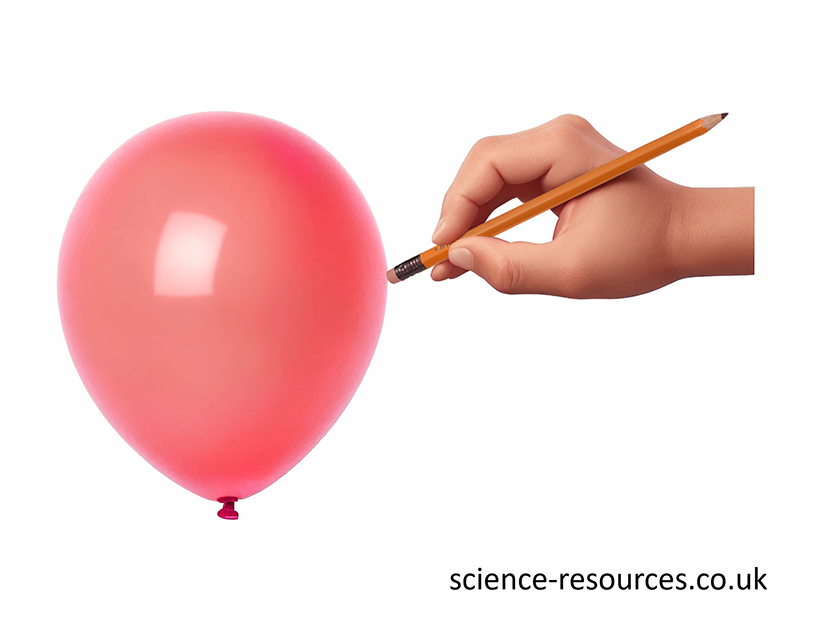
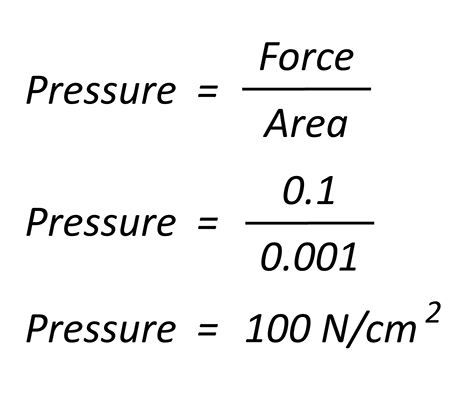
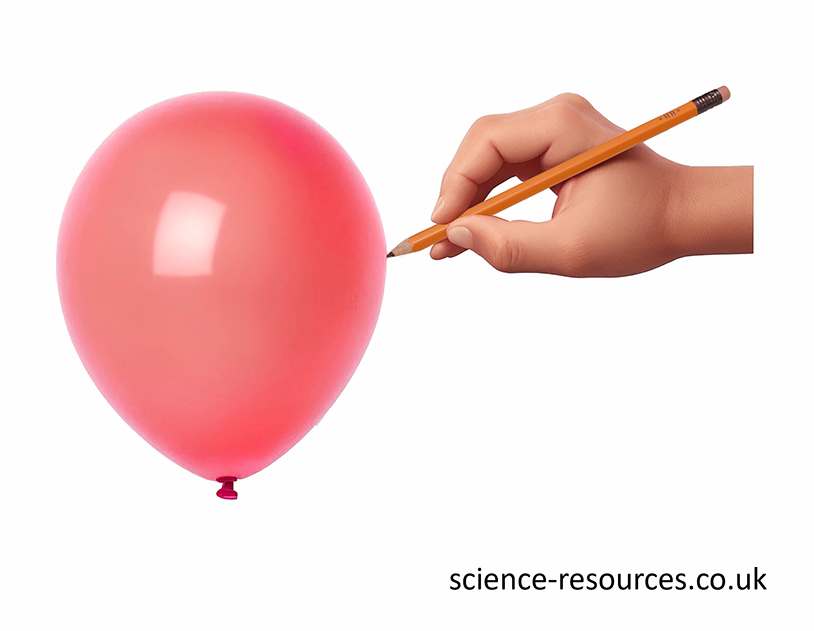
Drawing pins are flat-headed pins used for attaching paper to a wall or another surface.
Remember, the formula for pressure is:
What would the pressure on the thumb be when pushing a drawing pin into a wall?
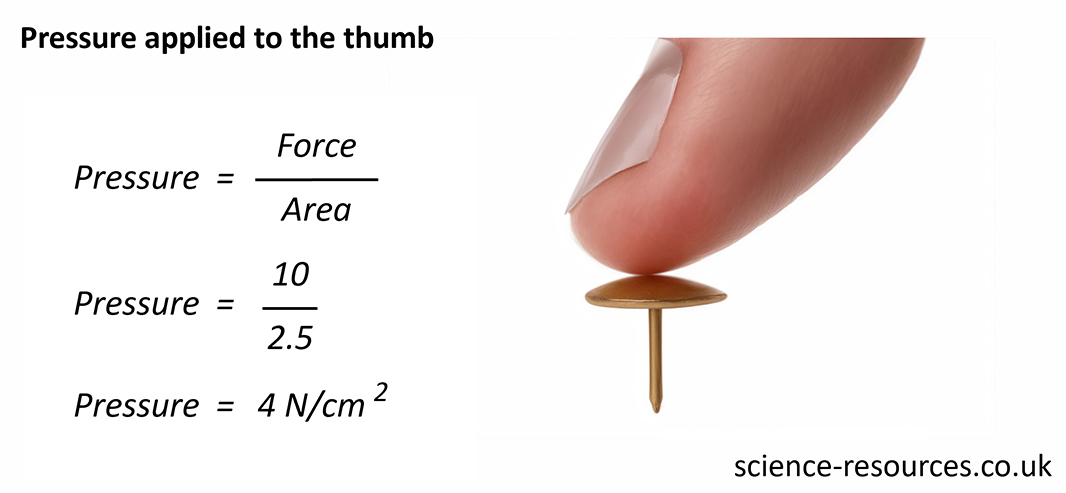
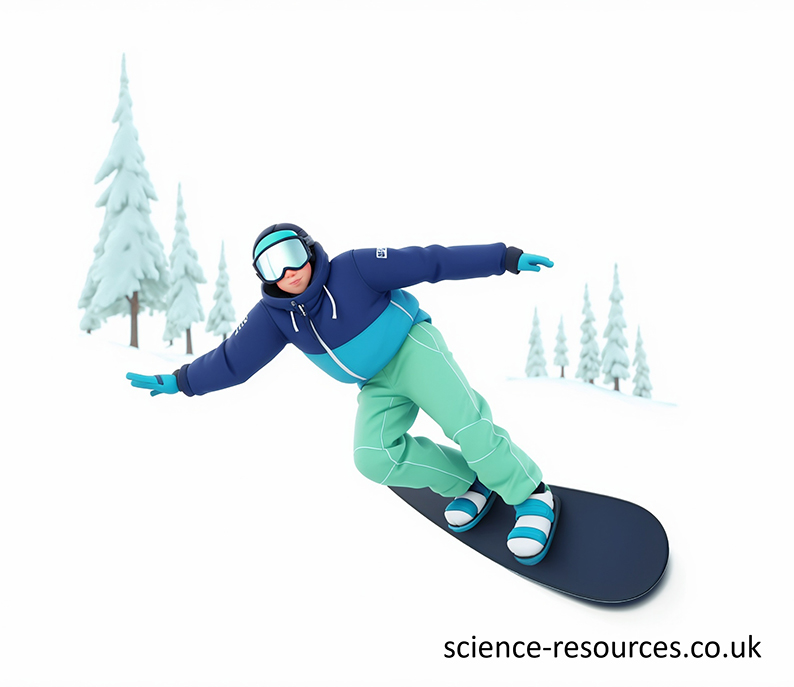
Question
What would be the pressure exerted in the snow by the snowboarder if:
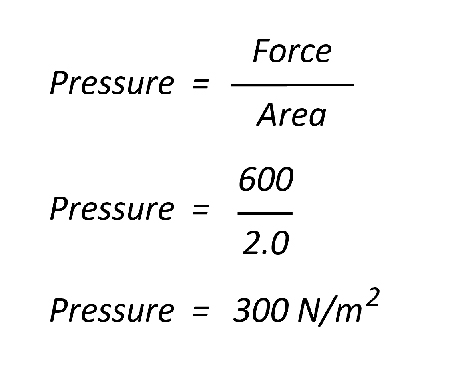
The air around you exerts pressure. This is called atmospheric pressure.
Atmospheric pressure is the pressure exerted by the atmosphere.
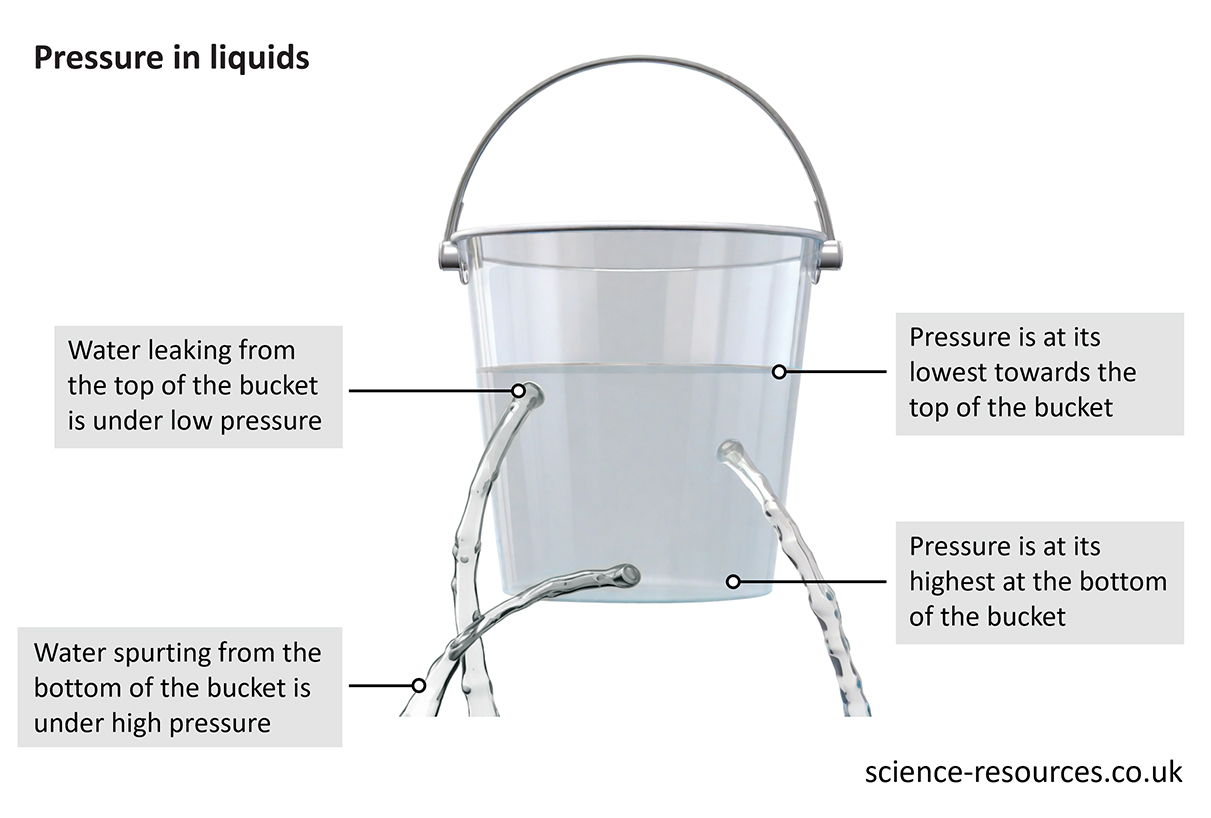
Summary: